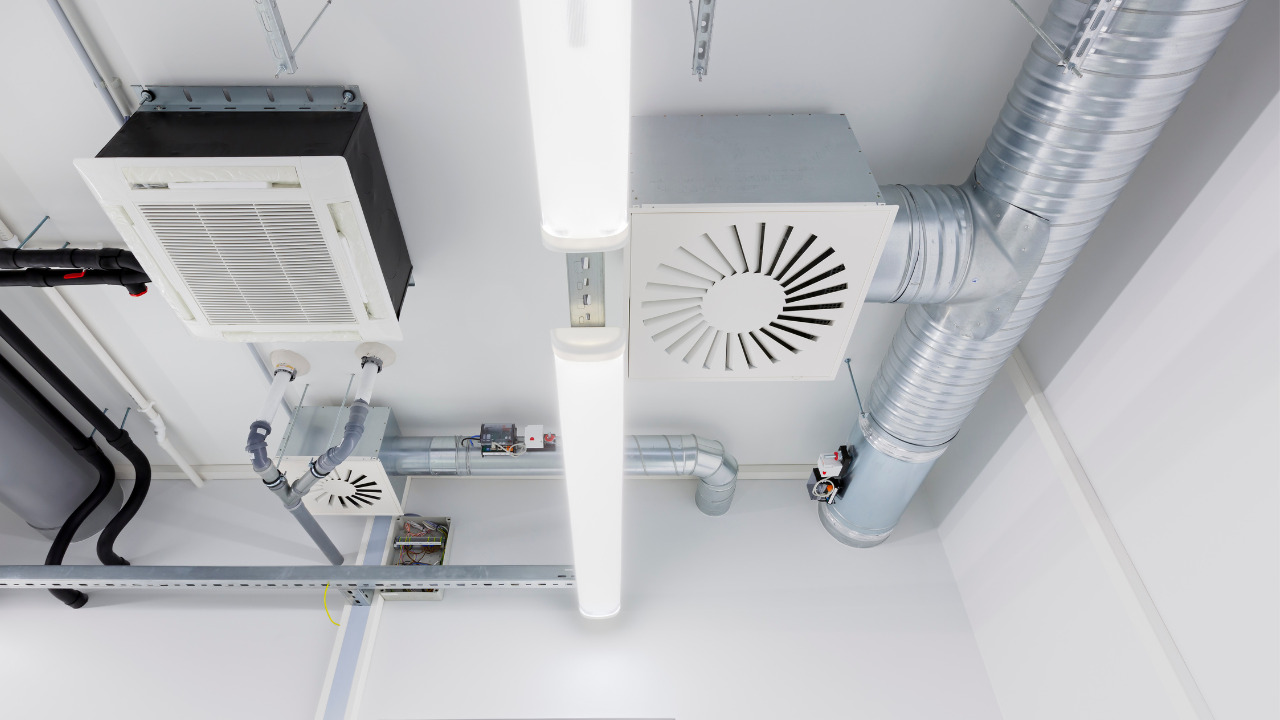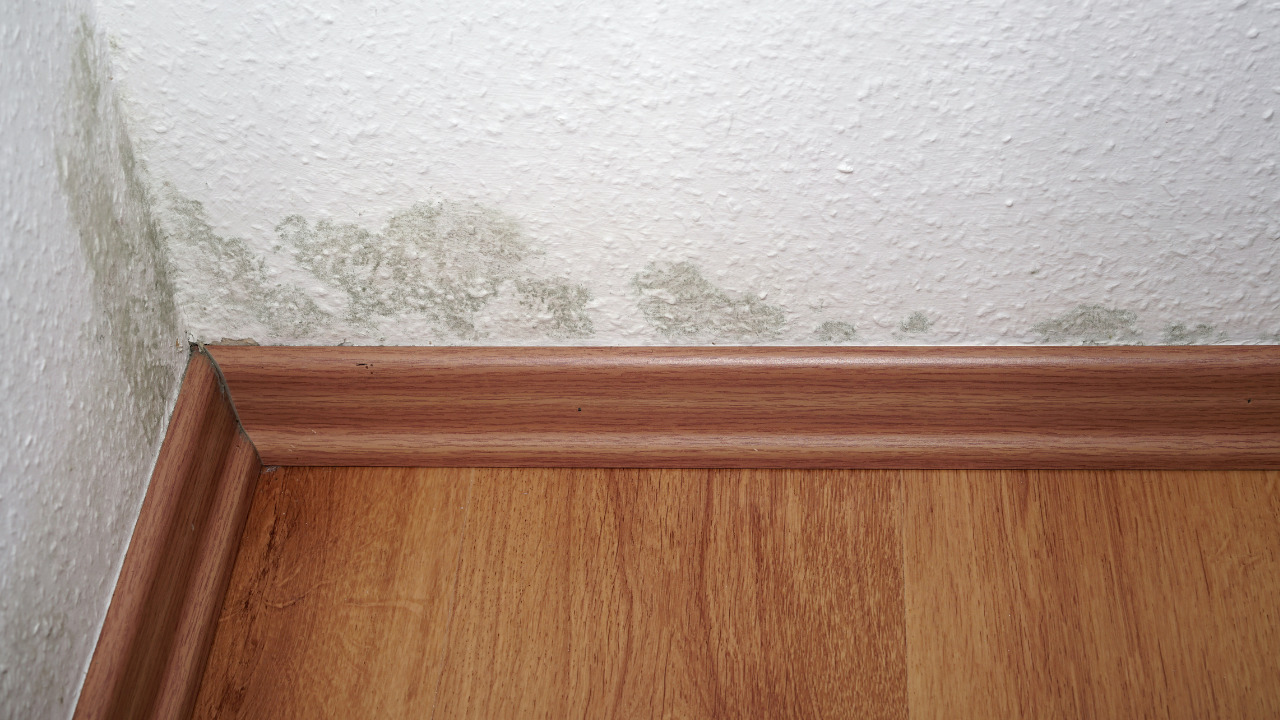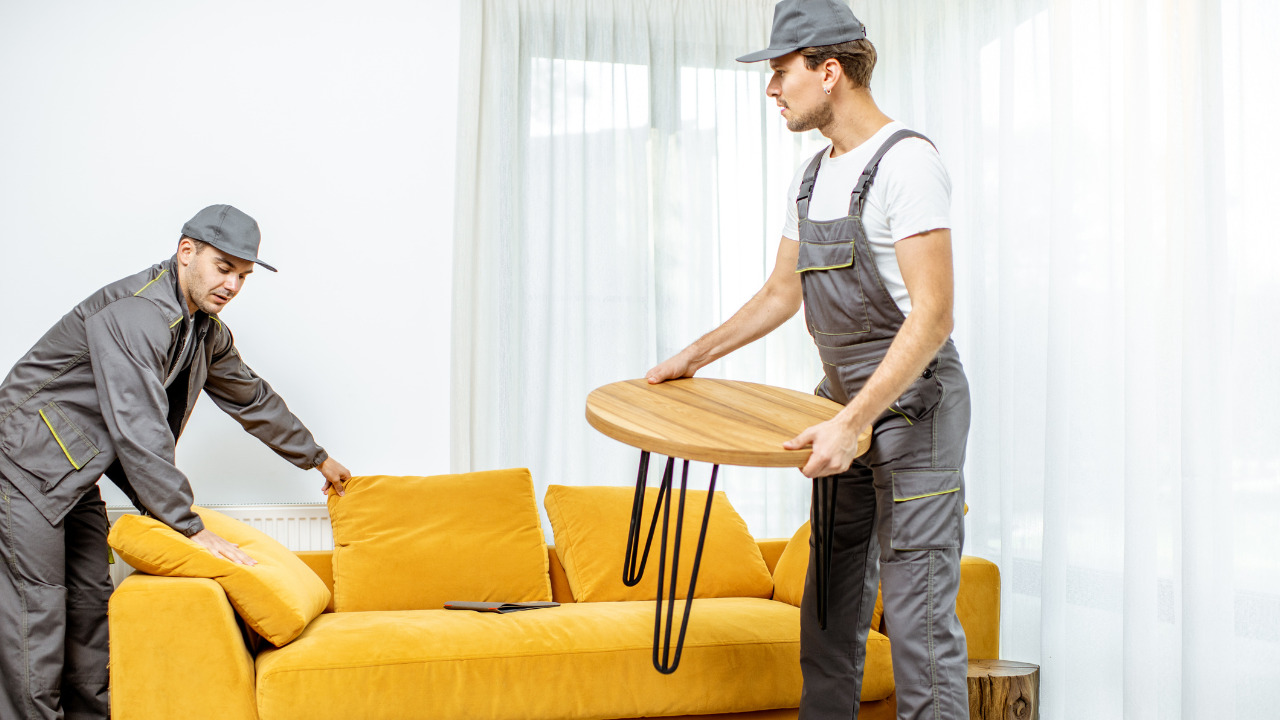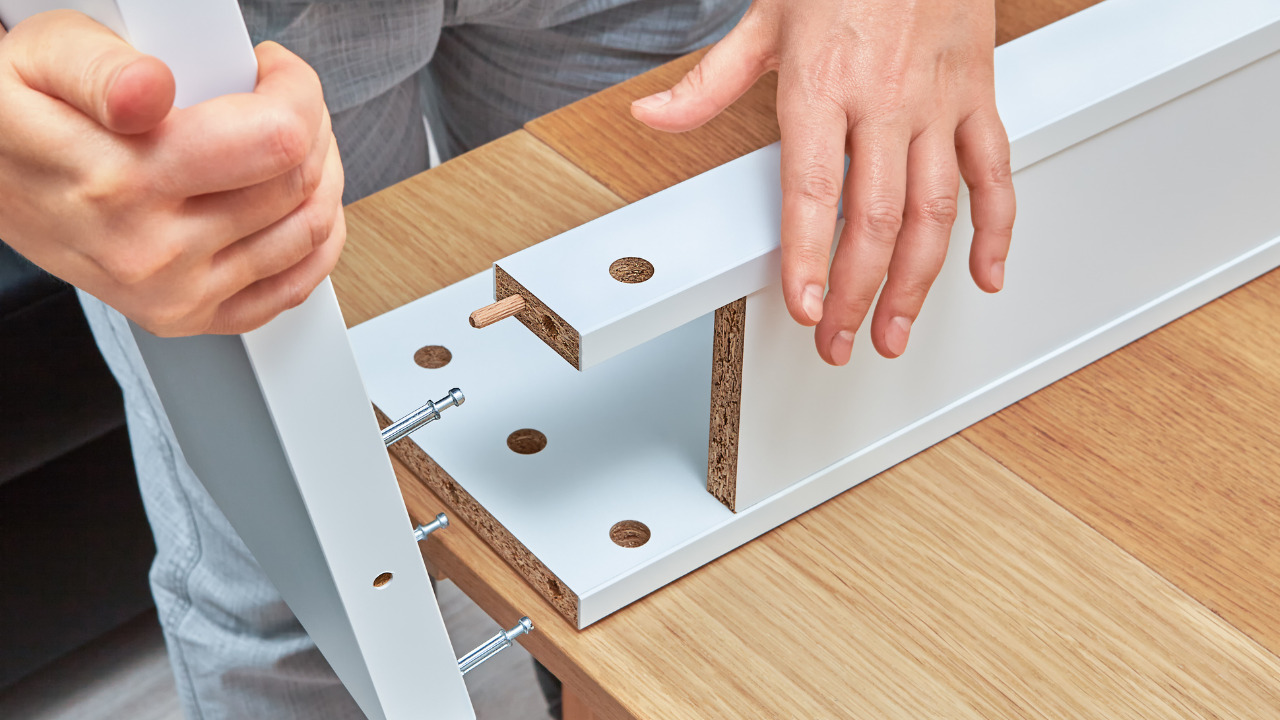You may have to work around doors and windows when arranging furniture. But what about the vents? Is it possible to put furniture over or in front of a vent? We investigated it and have some answers for you. It is not a good idea to put furniture over vents.
If you put furniture on top of a vent, the wood may dry out and ruin your pricey sofa or armoire.
You could also make your furnace or air conditioner work harder, resulting in greater utility bills or early system wear. In some circumstances, a diverter can reroute a vent, allowing you to position furniture atop or in front of vents. However, this has restrictions.
Table of Contents
What Is An Air Return Vent?
The larger HVAC system includes air return vents. In comparison to heat registers, they are marginally larger. They can be found on floors or walls extremely near the ground. Even when your HVAC system is operating at its best, the air pouring out of these vents won’t seem like it is moving.
They have the duty of bringing in cold air from the rest of the HVAC system and distributing it into the space. A bad thing to do would be to block an air vent. It would imply that your room isn’t enough being circulated with fresh and cool air.
Hence, turning off the entire system would be better for you than allowing it to continue running and pumping air that would be wasted.
Why Should You Not Put The Furniture Over The Vent?
You can adjust the airflow to provide additional comfort while conserving electricity. When vents are located beneath a bed, employ a deflector to guide the air outward, upward, or to the side to keep the cold or heat from dispersing beneath the bed before it reaches the room.
If your furniture arrangement is causing a tight fit around vents, you should be aware of any potential concerns that proximity to a vent may cause. Additionally, it’s essential to have carbon monoxide detectors installed in your home to monitor air quality and alert you to any potential dangers.
We’ll go through various deflectors and some advice for avoiding difficulties, so keep reading. While most individuals would like to place furniture anywhere, some limitations exist.
You should not obstruct a doorway or window, and you should also avoid blocking your air vents. If you place the furniture or bed over the vent, you’ll have to suffer from the following issues:
Air May Damage The Furniture
You risk damaging your furniture if you position it on top of a floor vent or close to a wall vent. The air that comes out of the vent is frequently dry. Elements of the furniture, particularly wooden parts, may shrink or dry out as a result of too much dry air. This could result in the timber being damaged or joints breaking and failing.
Compression may build on furniture too close to a vent or covering one. Mold or damage to the item may result as a result. You may also damage the finish of any neighboring furniture in addition to these issues. Repairing or replacing something could be pricey.
Higher Electricity Bills
You will make your system work harder to heat or cool your home if you block your air vents with furniture. To do the same amount of heating or cooling, you now have fewer open vents, which may cause your system to operate longer to complete the task.
Inappropriate HVAC System Working
Blocking or restricting your vents by positioning furniture too close to them might make your system work considerably harder to heat or cool your home in the winter or summer. It will run longer, putting more strain on the system. This builds up over time, lowering the system’s longevity.
The heat exchanger might also overheat due to blocked air. Your air conditioning condenser may freeze due to a clogged system. These can cause harm and necessitate costly repairs.
Inappropriate Heating And Cooling In The Area
The air conditioning system in most homes is set up so that the house heats and cools evenly. If you block vents, this isn’t true. A clogged vent causes a room to heat or cool more slowly. In the winter, the room may remain a few degrees cooler than the rest of the house or take a long time to warm up. In the summer, the reverse is true.
These are only a few problems that can occur if a vent blowing into the room is blocked, but you should also avoid blocking any return vents. Returns are often found in the ceiling or on the wall but can also be found on the floor. It’s much more crucial to let the air return unobstructed, and most experts advocate leaving 10 inches between them and the wall.
High Chances Of Mold Growth
Beds and other upholstered furniture often tend to block the warm, humid air that is emitted by vents when they are placed over them. Below, a musty atmosphere is produced when cotton, linen, or other natural or synthetic fibers and materials are in contact with stagnant air.
The worst part is that because all of the development occurs beneath the bed, out of your sight, you won’t recognize it until it’s too late. Also, given that bedding is typically hygroscopic, it will eventually degrade to the level of landfill waste.
How To Place The Furniture On The Vent Appropriately?
There are solutions if you want or need to position furniture over a vent. To begin, everything you place atop the vent should if feasible, be several inches above it. If you have the space, a diverter can channel air from beneath your furniture if this is the case.
Diverters come in various shapes and sizes, but most are composed of translucent plastic and adhere to metal vents with double-sided tape or magnets. Most diverters work by diverting air in a different direction than it normally travels.
Use a Deflector To Adjust The Furniture
These deflectors allow you to arrange the furniture near a vent while avoiding many previously listed issues. The furniture must be several inches above the floor or away from the wall for these to work.
If you have a sofa above a vent, you might believe putting one of these diverters on the vent will suffice. However, the deflector doesn’t work if you have a skirt over your sofa.
Frequently Asked Questions
Can you redirect a floor vent?
An excellent option for precisely rerouting vents is a vent deflector. Put it over the vent to direct air towards the middle of the room and away from a wall, window treatment, or another surface. On the other side, a vent extender aids in expanding the airflow from a vent tucked beneath the furniture.
Are floor vent deflectors are productive?
Most definitely! Diverters or deflectors for HVAC vents direct the airflow for the best possible heating and cooling. The air vent diffusers or vents in your home can be covered by this HVAC accessory, which is normally made of plastic.
What is the best location to place a vent deflector?
Via the vehicle’s streamlined design, air deflectors lower wind resistance. When there is a headwind, they work best. The car uses less fuel as a result of the streamlining.
Is it safe to cover the floor vent?
Contrary to what you probably expected happens when you cover your air vents—it uses more energy. Fractures and other damage could cause air to escape your air ducts and cost you significantly more in energy costs, which could harm your cooling and heating system.
Conclusion
Covering a vent is unlikely to result in a fire. The temperature emanating from a vent rarely reaches a point where most things used to cover a vent burn. As we’ve already discussed, you’ll more likely damage your HVAC system. If you absolutely must cover vents, keep the number to a bare minimum to reduce the danger of damage.
While you shouldn’t cover a vent with furniture, there are methods to work around it while keeping your furniture where you want it. As we’ve seen, a vent diverter or the correct furnishings can make the issue work. You may have the furniture layout you desire in your home with a little creativity.














